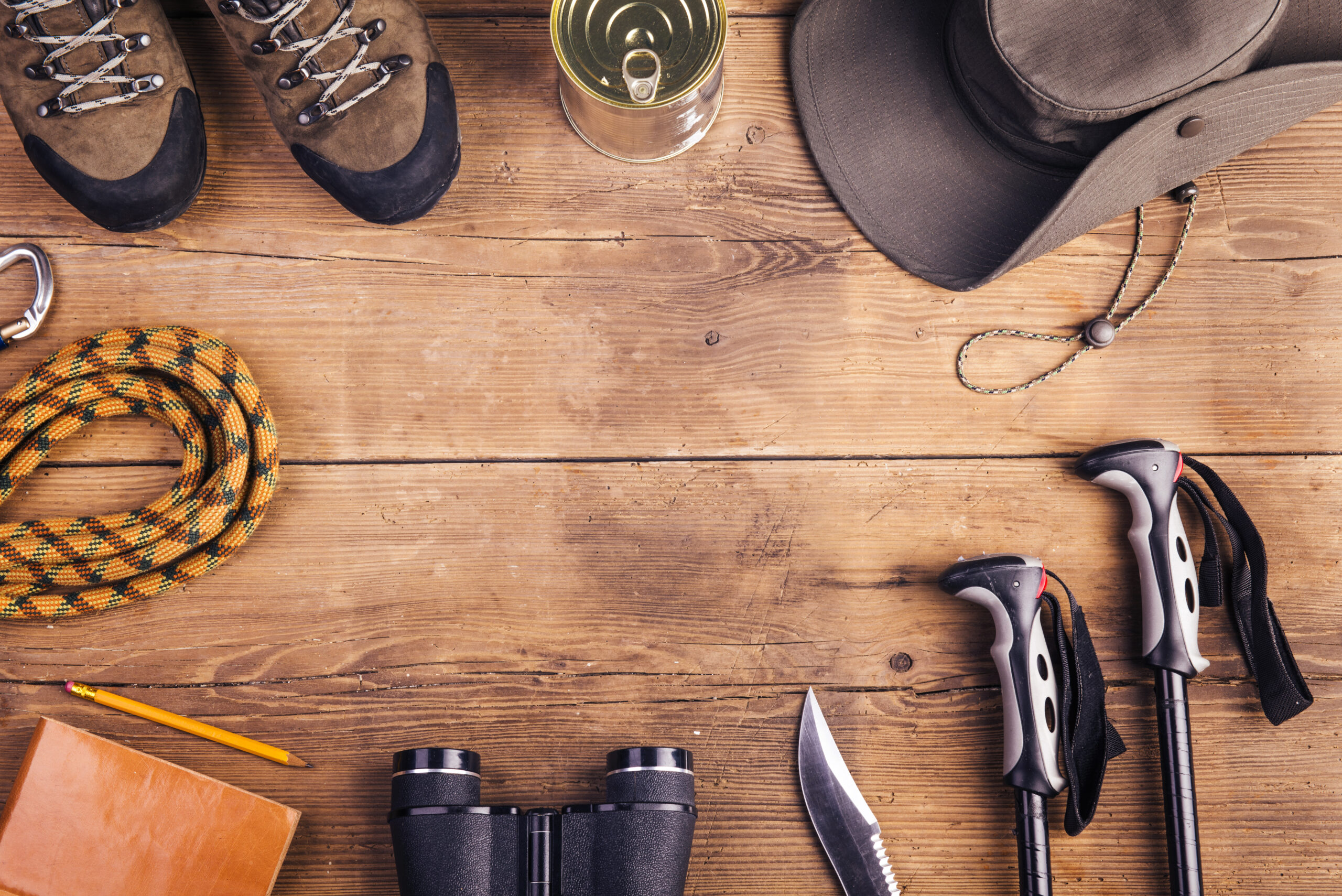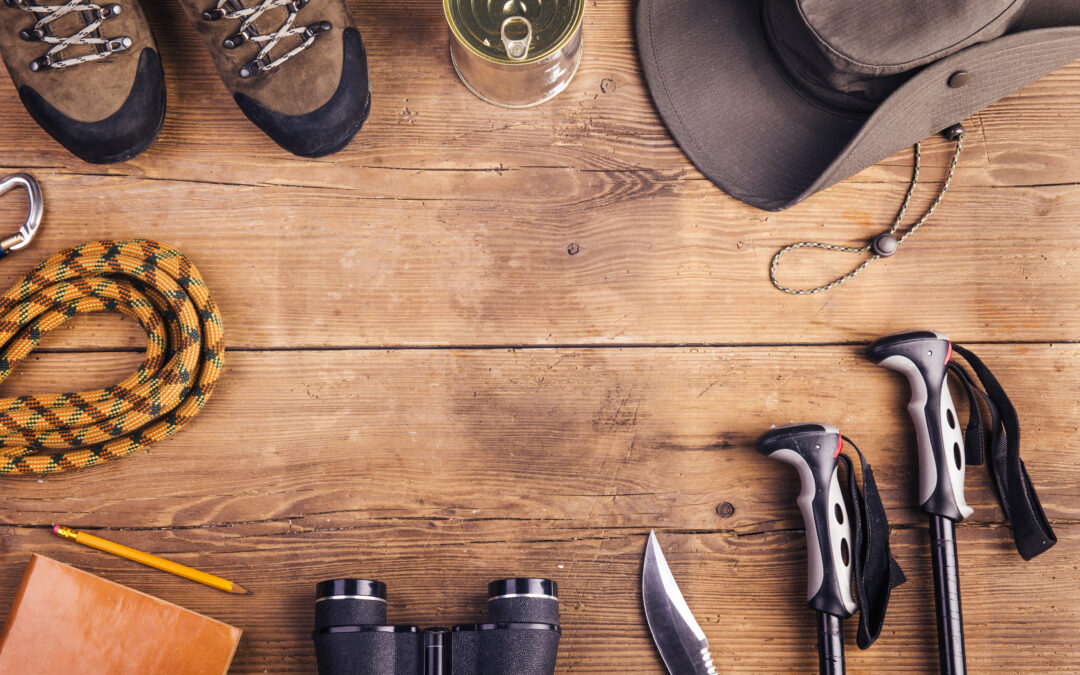When it comes to disaster preparedness, the mantra “hope for the best but prepare for the worst” resonates deeply. Whether it’s a natural catastrophe like a hurricane or an unforeseen event such as a wildfire, being ready can make all the difference. Here’s how you can ensure your family stays safe no matter what challenges arise.
*Understanding the Risks: Assessing Potential Disasters in Your Area**
The first step toward effective disaster preparedness is understanding what hazards could impact your home. Each region has its unique risks; coastal areas often face hurricanes or flooding, while places prone to earthquakes may require different strategies. Research local historical events and consult resources like FEMA (Federal Emergency Management Agency) or your state’s emergency management office for insights into potential disasters in your vicinity. By identifying these risks, you can tailor your emergency plan accordingly.
*Creating Your Emergency Plan: Steps to Keep Your Family Safe**
Once you’re aware of the threats lurking outside, it’s time to create an emergency plan that outlines specific actions you and your loved ones should take. Start by designating a meeting point both inside and outside your home—this ensures that everyone knows where to go if things get chaotic. Next, ensure each family member understands their role during an emergency. Discuss escape routes from your home and establish communication protocols if separated. Remember, clarity is vital; practice makes perfect!
*Essential Supplies: Building Your Disaster Preparedness Kit**
An essential part of any preparedness plan is having a well-stocked disaster kit ready at all times. Aim for enough supplies to last at least three days; this includes water (one gallon per person per day), non-perishable food items, first-aid supplies, flashlights with extra batteries, and vital medications. Don’t forget personal documents—keep copies of identification and insurance papers in a waterproof container within your kit. Incorporate items that cater to unique family needs like baby formula or pet food as necessary.

*Staying Informed: Utilizing Alerts and Information Sources**
In times of crisis, having access to real-time information is crucial. Sign up for local alerts through government websites or mobile apps that provide updates on weather warnings or evacuation orders relevant to your area. Additionally, consider investing in a NOAA weather radio which broadcasts emergency messages 24/7—even when cellular networks might be down. Staying informed not only keeps you aware but also empowers you to make timely decisions.
*Practicing Your Plan: Drills and Preparedness Activities**
Drafting an emergency plan is just the beginning; practicing it brings it to life! Schedule regular drills with your family so everyone feels confident about what to do when danger strikes—whether it’s simulating an evacuation or finding shelter during severe weather conditions. Use these practice sessions as opportunities for constructive feedback so that improvements can be made over time.
Thank you for reading this post, don't forget to subscribe NOW for FREE!
*Community Resources: How to Collaborate for Better Safety**
Lastly, remember that disaster preparedness doesn’t happen in isolation—it thrives through community collaboration! Connect with neighbors, local organizations, and emergency services about upcoming workshops or training sessions focused on safety measures within your neighborhood. Pooling resources fosters resilience among residents while creating communal bonds that strengthen support networks during emergencies.
By taking these proactive steps toward disaster preparedness at home and beyond, you’re not just safeguarding yourself but also contributing positively towards building resilient communities capable of facing whatever challenges may lie ahead.






